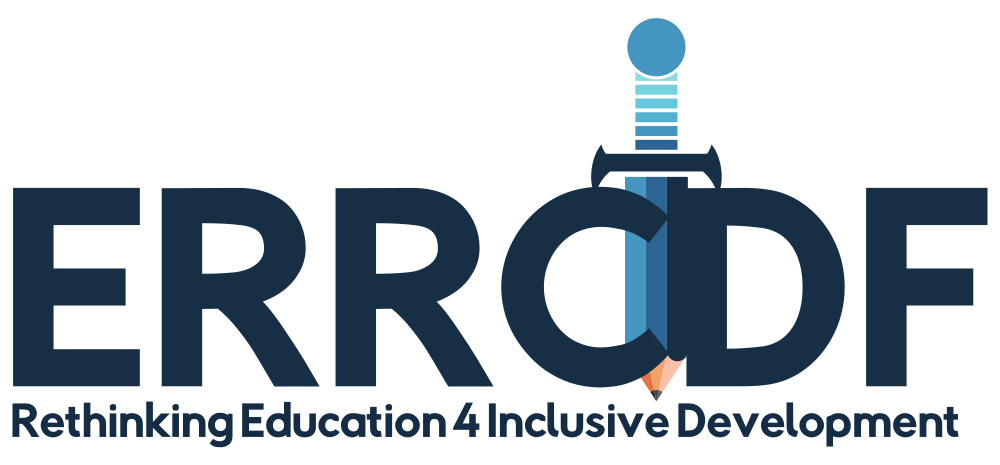Dissecting probable indicators of juvenile delinquency among Gweru Urban adolescents in Zimbabwe
DOI:
https://doi.org/10.38140/ijss-2023.vol3.07Keywords:
Juvenile delinquency, probable indicator, determinants , adolescents, pragmatism.Abstract
Society today is still naïve that some children are no longer innocent, beautiful souls but callous and dangerous to the community. The escalating crime incidents by juveniles make it imperative to concede the rampant prevalence of juvenile delinquency. This research sought to identify the probable indicators of juvenile delinquency in the milieu of the unprecedented global trend. The study used a mixed-method approach guided by the pragmatist research paradigm. A descriptive research design enhanced an appreciation of participants’ multiple realities based on their lived experiences premised on qualitative and quantitative research. Random sampling was used in selecting 209 students to complete a translated questionnaire. An interview was used to collect data from teachers and parents selected purposively. Data was analysed using frequency count. Data from interviews was thematically analysed. Significant findings were that mental illness, social conditions such as neighbourhood location, home conditions such as family size, school conditions such as strictness of school and environmental factors were the indicators of juvenile delinquency. After-school programs to increase school time counselling services at schools were some of the recommendations by key informants on curbing juvenile delinquency. The overall conclusion is that probable indicators of juvenile delinquency result from several factors such as individual, home, social environment, and school.
References
Allemang, B., Sitter, K., & Dimitropoulos, G. (2022). Pragmatism as a paradigm for patient-oriented research. Health Expect, 25 (1), 38–47. https://doi.org/10.1111/hex.13384
Andritch, B. C. (2021). Factors influencing youth crime and juvenile delinquency https://www.fresnodefense.com/blog/2021/january/factors-influencing-youth-crime-and-juvenile-del/
Atkinson-Sheppard, S. (2018, March 18). Child abuse: When crime is the best of many bad options. https://www.dandc.eu/eu/article/street-children-are-involved-organised-crime-bangladesh
Bhattacharyya, A. (2023, April 18). Amarjeet Sada: India’s 7-year-old serial killer. Mathrubhumi. https://english.mathrubhumi.com/features/specials/amarjeet-sada-india-s-7-old-serial-killer-1-8487900
Chara, T. (2022). Child-on-child sexual abuse: call for action https://www.google.com/amp/s/www.sundaymail.co.zw/child-on-child-sexual-abuse-call-for-action/amp
Chikiwa, K. (n.d). Boy (14) kills granny (79) over bread. The Chronicle. https://www.chronicle.co.zw/boy-14-kills-granny-79-over-bread/
Díaz, C., & Patacchini, E., (2020). Parents, Neighbors and Youth Crime, IZA Discussion Papers 13906. Institute of Labor Economics (IZA).
Djodonou, A., Tchegnonsi, F. T., Adovoekpe, J. M., Ataigba, I. N. E., Kpakatia, A. S., Kpadonou, E. F., ...Houngbe-Ezin, D. (2016). Epidemiological and psychosocial profile of juvenile delinquency: Case study of delinquent children and adolescents under court order in Benin (2015). Open Journal Of Psychiatry, 6, 135-142. https://dx.doi.org/10.4236/ojpsych.2016.62016
Fambisayi R., Moyo A., (2020). How South Africa, Kenya and Zimbabwe measure up on child offenders. https://www.google.com/amp/s/theconversation.com/amp/how-south-africa-kenya-and-zimbabwe-measure-up-on-child-offenders-142400
Gupta, M.K, Mohapatra, S & Mahanta, P.K. (2022). Juvenile’s delinquent behaviour, risk factors, and quantitative assessment approach: a system review. Indian Journal of Community Medicine, 47, (4), 483–490. https://doi.org/10.4103%2Fijcm.ijcm_1061_21
Herald article (2021, March 20) Two juveniles in daring cable theft shocker https://www.google.com/amp/s/www.herald.co.zw/two-juveniles-in-daring-cable-theft-shocker/amp/
Herman, C. (2019, November 29). When Teens abuse parents, shame and secrecy make it hard to seek help. National Public Radio. https://www.npr.org/sections/health-shots/2019/11/29/777295848/when-teen-abuse-parents-shame-and-secrecy-make-it-hard-to-seek-help
Jones, J. & Roundy, L. (2022). Urie Bronfenbrenner’s ecological model https://study.com/academy/lesson/bronfenbrenners--ecological-systems-theory-of -development-definition-examples.html
Langa, V. (2016). Number of juvenile offenders increases. NewsDay Zimbabwe – Everyday News for Everyday People. https://www.newsday.co.zw/2016/8/number-of-juvenile-offenders-increases
Lindwa, B. (2019). Minister Fritz is gravely concerned with the increasing juvenile statistics. The South African. https://thesouthafrican.com/news/minister-fritz-concerned-with-the-increase-of-juvenile-statistics/
Main, P. (2023). Explore Bronfenbrenner's Ecological Model – uncover the layers of human development and their intricate interplay in shaping individual growth. Structural Learning.
Majome, M. T. (2019). Dealing with child offenders. News Day. https://www.newsday.co.zw
Martin, G. (2005). Juvenile justice: Process and systems. Sage.
Masara, W. (2019). 14-year-old on the run after ‘killing’6-year-old sister. Nehanda Radio. https://nehandaradio.com/2019/03/01/14-year-old-on-the-run-after-killing-6-year-old-sister/
May-Varas, S. (2023). Educational learning theories: Bioecological model of human development. OpenOregon https://openoregon.pressbook.pub/educationallearningtheories3rd/chapter/chapter-7--bioecological-model-of-human-development-2/
Moyo, J. (2020). Zimbabwe: Fragile economy forces children to labour in mines. World Africa: https://aa.com.tr/en/africa/zimbabwe-fragile-economy
Mushohwe, B. (n.d.). Child offenders have rights. Herald. https://www.google.com/amp/s/www.herald.co.zw/child-offenders-have-rights/amp/
Ou, S., & Reynolds, A. J. (2010). Childhood predictors of young adult male crime. Children and Youth Services Review, 32(8), 1097-1107. https://doi.org/10.1016/j.childyouth.2010.02.009
Pechorro, P., Houghton, S., Simões, M. R., & Carroll, A. (2018). The adapted self-report delinquency scale for adolescents: Validity and reliability among Portuguese youths. International Journal of Offender Therapy and Comparative Criminology, 63(6), 837-853. https://doi.org/10.1177/0306624x18811595
Robinson, R.S. (2014). Purposive Sampling in Michalos A.C. (eds) Encyclopedia of Life and Well-being Research. Springer, Dordrecht. https://doi.org/10.1007/978-94-007-0753_2337
Sibanda, O. (2015). Juvenile crime: Results of poor parenting. The Chronicle. https://pressreader.com/zimbabwe/chronicles
Sixpence, P. (2019, May 10). Of ‘vuzu parties’ and juvenile delinquency: Alternative solutions to the Criminal Code. The Chronicle. https://www.chronicle.co.zw/of-vuzu-parties-and-juvenile-delinquency-alternative-solutions-to-the-criminal-code/
Tshili, N. (2023). Watch: ‘Killer’ pupil appears in court https://www.google.com/amp/s/www.chronicle.co.zw/watch-killer-pupil-appears-in-court/amp/
UkEssays. (2018). Family effects on juvenile delinquency. UKEssays: www.ukessays.com/essays/psychology/the-family-and-its-effects-on-juvenile-delinquency-psychology-essays
Downloads
Published
How to Cite
Issue
Section
License
Copyright (c) 2023 Phumuzani Mpofu, Tatenda Thelma Machingauta

This work is licensed under a Creative Commons Attribution 4.0 International License.










